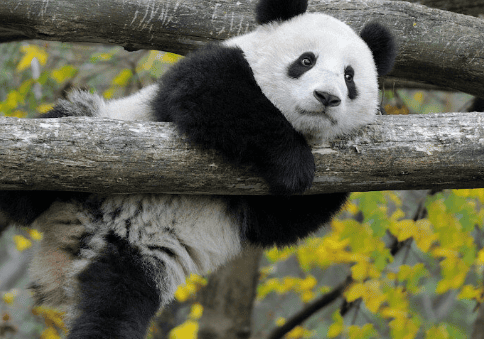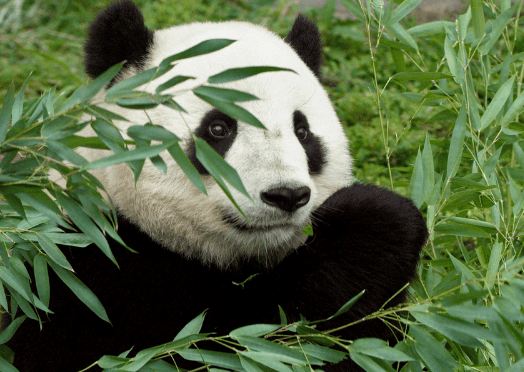Science considers a carnivore to be any animal that likes to eat other animals. Many of them are classified in the order of predators - mammals related to each other with stable hunting skills. But, strangely, some carnivores don't eat meat. Pandas, for example, do nothing but eat bamboo.

Scientists only recently Just figured out how they became vegetarians.
All representatives of the order Carnivora share key features: sharp teeth and claws, and an intestine with a microbial flora that readily digests meat. The first two signs appear in pandas. Not so long ago, it turned out that they also have a complete sequence with "carnivorous" bacteria, and that the gut microbiome is actually better suited to a meat-eating diet than a vegetarian diet.
It is important to understand that the small intestines of herbivores are much more complex than those of carnivores. It slows down the passage of food and gives more time for bacteria to process plant fibers. This complex system is not required to digest meat.

Although, even so, Pandas eat a lot of bamboo (up to a third of their body weight every day), but their intestines are still the same as those of other carnivores. The ancestors of these animals ate meat. They themselves sometimes eat insects, bird eggs and even small mammals; however, this portion of their diet does not exceed one percent of their daily diet.
Naturally, scientists are curious to know why the giant panda's digestive system is not adapted to the herbivore diet. A scientific article published in 2022 stated that this is due to the properties of bamboo, which giant pandas switched to after splitting from their predatory ancestors millions of years ago. Its author draws attention to the fact that the parts of plants consumed by animals contain a large amount of protein and very few easily digestible carbohydrates. Structurally, it's meatier than the green vegetables we're used to, which is why pandas change their eating habits so easily.

Author of the study Their findings were supported by direct observations of animals. They discovered that giant pandas travel long distances to eat the beautiful buds and leaves of two types of bamboo that grow at different heights. At the beginning of the year, pandas feed on lowland leaves. In the spring, they are all in the same area, and in the summer, they move to higher ground, eat the beautiful buds first, and then leave.
Afterwards, the giant pandas migrate downward again, and the cycle begins again. Scientists have determined that animals prefer the parts of bamboo that have the most protein and the least fiber. Overall, we are dealing with an amazing phenomenon when a predator voluntarily decides to take the path of harmless survival. Moreover, it did so easily and harmoniously without reorganizing his body.

 扫一扫微信交流
扫一扫微信交流
发布评论